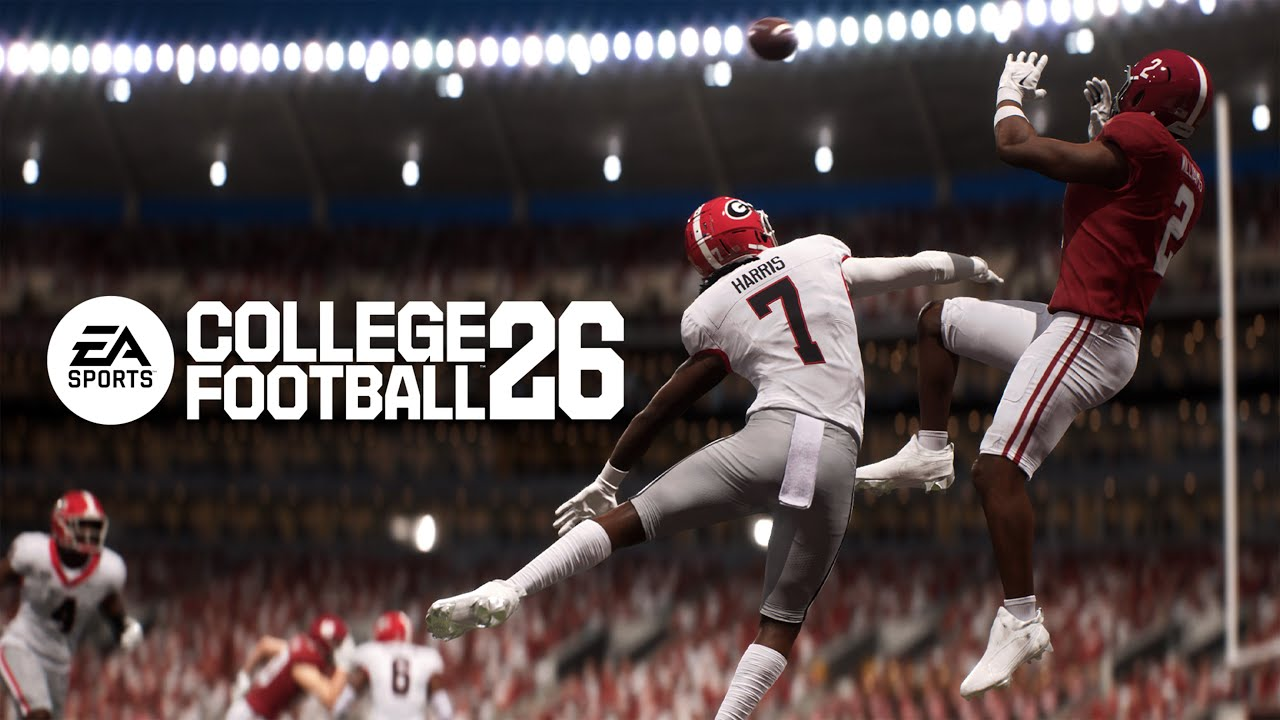Quick tip: go into settings and set Pass Lead Sensitivity to CUT 26 Coins Medium. Higher settings make throws harder to control and increase incompletions.
Understanding Passing Types
College Football 26 offers multiple passing systems, each with pros and cons. Choosing the right one for your style makes a massive difference.
Classic Passing
The most straightforward system. Press the receiver button, add slight left-stick adjustments, and let it fly. Ideal if you want to focus purely on reading defenses without overthinking mechanics.
Revamped Passing
Adds a color-coded accuracy meter: blue for accurate, yellow for risky, and red for danger zone. The longer you hold the button, the stronger the throw. A clean pocket produces more blue; pressure or movement means more yellow or red.
Placement Passing
For players who like precision. By holding the left trigger and moving the left stick, you manually aim your passes using a reticle. Adjust reticle speed in settings (around 8 is recommended). Great for back-shoulder throws and sideline placement.
Placement + Accuracy
The advanced option-think of it as calculus for passing. You control both placement and throw type (lob, touch, or bullet). This unlocks layered throws: high arcs over defenders, medium arcs over linebackers, or bullets for quick hitters.
Offensive Line Awareness
Your offensive line dictates your playcalling. With a strong line, you can dial up deeper routes and longer-developing plays. With a weak line, forget the hero ball-stick to quick passes, slants, and screens.
Also, don't be afraid to keep extra blockers in. Sending five receivers out every play is asking for pressure. Even one extra blocker can buy you the time you need.
Field Vision: Read the Grass, Not Just the Receiver
One of the fastest ways to improve is by shifting focus. Instead of staring at your receiver, watch the space he's running into. This helps you spot open windows before he arrives and anticipate lurking defenders.
Adopt a high-to-low progression. Always check the deepest routes first (streaks, posts), then move down to shorter ones (drags, flats). This prevents you from missing potential touchdowns by settling for "safe" throws too quickly.
Another trick: before the snap, identify the second-level defenders (linebackers and safeties). Imagine a straight line across the field where they're positioned. As the play develops, see how long they can hold that line-gaps usually mean open passing lanes.
Outsmarting User Defenders
User-controlled defenders are the most dangerous opponents. Identify them immediately after the snap. Then, put them in impossible situations with high-low reads. One route goes over, another underneath-no matter what the user does, someone's open. For added complexity, create triangles with three routes converging in the same zone.
Pocket Presence and Scrambling
Stop dropping back 10+ yards on standard plays. Doing so turns a 20-yard pass into a 30-yard attempt, giving defenders more time to react. Instead, move subtly within the pocket using short stick adjustments. Aim to throw within three seconds-if nothing's there, get ready to scramble.
When rolling out, always move toward the side where your receivers are running routes. Running the opposite way makes completions nearly impossible.
New in College Football 26: while scrambling, you can direct receivers into open space by holding the left trigger and flicking the right stick. This makes you the true point guard of your offense. Combine this with QB jukes (right trigger + right stick flick) to evade pressure effectively.
Catch Types: Turning 10 Yards into 30
The game gives you three catch options, each designed for specific scenarios:
Run After Catch (RAC): Use when your receiver has green grass ahead. Great for maximizing yardage.
Possession Catch: Perfect for sideline grabs or traffic situations where securing the ball is a priority.
Aggressive Catch: Best for one-on-one jump balls with high "spectacular catch" players, or high-point throws (LB/L1) to taller receivers.
Knowing which catch type to use often means the difference between punting and keeping the drive alive.
Smarter Playcalling
Remember: calling a screen doesn't lock you into throwing it. Watch how the defense reacts. If they blow it up, check your other routes-sometimes they're wide open.
Avoid deep lobs unless your receiver is at least even with buy CUT 26 Coins the defender. Throwing into coverage with no leverage is just giving the ball away. Always ask: What's my best option here? Instead, I feel like forcing this post route.

